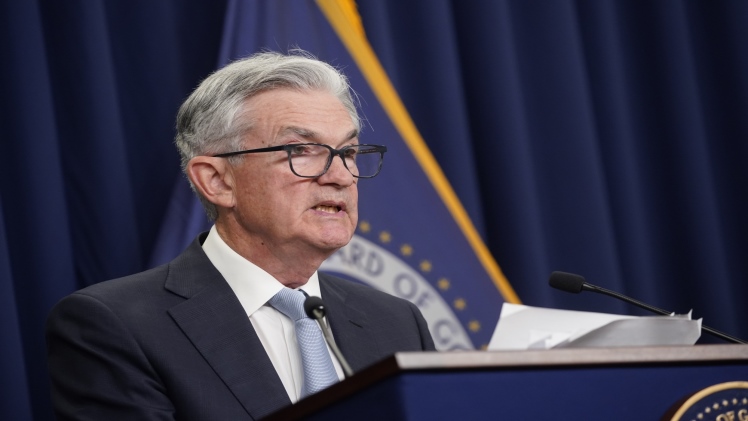As a trader, it’s important to know the schedule of the next FOMC meeting. Many trading websites offer a free economic calendar. It’s also helpful to use tools such as the Fed Rate Monitor Tool to see what analysts are expecting from the next meeting. The next Fed meeting can have significant impacts on your trading strategies.
Reserve Requirements For Trading
Reserve requirements for trading are determined by the Federal Reserve Board using the reserve requirement ratios in Regulation D. In most cases, the reserve ratio will be at least one percent higher than the base rate. The ratio is based on the total balance of net transactions accounts at a depository institution, with some accounts exempt from reserve requirements entirely. Other accounts with balances that exceed the exemption amount will be subject to a higher reserve requirement ratio.
The Federal Reserve is the central bank of the United States, responsible for guiding the country’s monetary policy. As a result, the announcements that the Fed makes are among the most watched trading events of the year. The announcements made by the Fed can affect a number of economic variables, including interest rates and the cost of living.
Importance Of FOMC Decision
The FOMC decision is one of the most important economic events of the day. It is a clear indication of the economy and is often accompanied by strong movements in equities, bonds, and commodities. The announcement of a rate hike or cut by the when is next fed meeting can change the direction of the market, especially for long-term traders. They can reformulate their strategies around the expected change in interest rates or inflation expectations. For example, traders who are anticipating a rise in interest rates may choose to increase their exposure to financial stocks, while reducing exposure to dividend-paying sectors.
The minutes of a FOMC meeting are released approximately two weeks after the meeting. The minutes are often seen by traders as a market catalyst, and traders often price in expected Fed action before the minutes are published. Traders have found that the minutes can have a measurable effect on Treasury bond yields. This effect is greatest when the minutes differ from the official statement, because it may affect expectations about monetary policy going forward.
Impact Of Rate Hikes
As the next Federal Reserve meeting comes closer, it is important to keep a close eye on the Fed’s agenda. In the past, the Fed has raised rates by as much as a full percentage point, and it is widely expected that it will do so again. The goal is to stabilize prices without causing too much damage to the economy. However, some investors believe the Fed must move faster.
The Fed is set to meet on Wednesday, and the consensus expectation is a 75-basis-point hike. This will bring the benchmark interest rate to 3 percent from zero. While this may seem like a small increase, it will likely slow economic activity and lending. It will also slow the forces that push prices higher. Consumer prices rose an average of 8.3 percent over the past year, so higher interest rates are likely to keep inflation in check. The impact of a FOMC statement on trading was mixed on Tuesday, with markets mostly tepid. Major indexes closed lower, led by a selloff in consumer discretionary and technology stocks. European stocks also dipped, breaking a five-day winning streak. The Fed emphasized the role of slower growth and slower demand in reducing inflation.
The FOMC meets eight times a year and examines economic indicators, deciding whether interest rates should rise or fall. The hawkish members of the group typically prefer higher interest rates, while dovish members support lower rates. If a dovish FOMC statement was released, it would be difficult to predict the market’s reaction.
What’s Next?
However, investors should keep in mind that a dovish Fed statement is unlikely to signal a recession. If the Fed is dovish, this is not good news for the markets, as it may signal that the upcoming policy meeting will be more dovish than originally thought. It may also signal that the Fed has concerns over the economy. While the Fed’s inflation target is still 2%, rising wages and rising oil prices are giving investors reason to be worried about the future of the economy.

